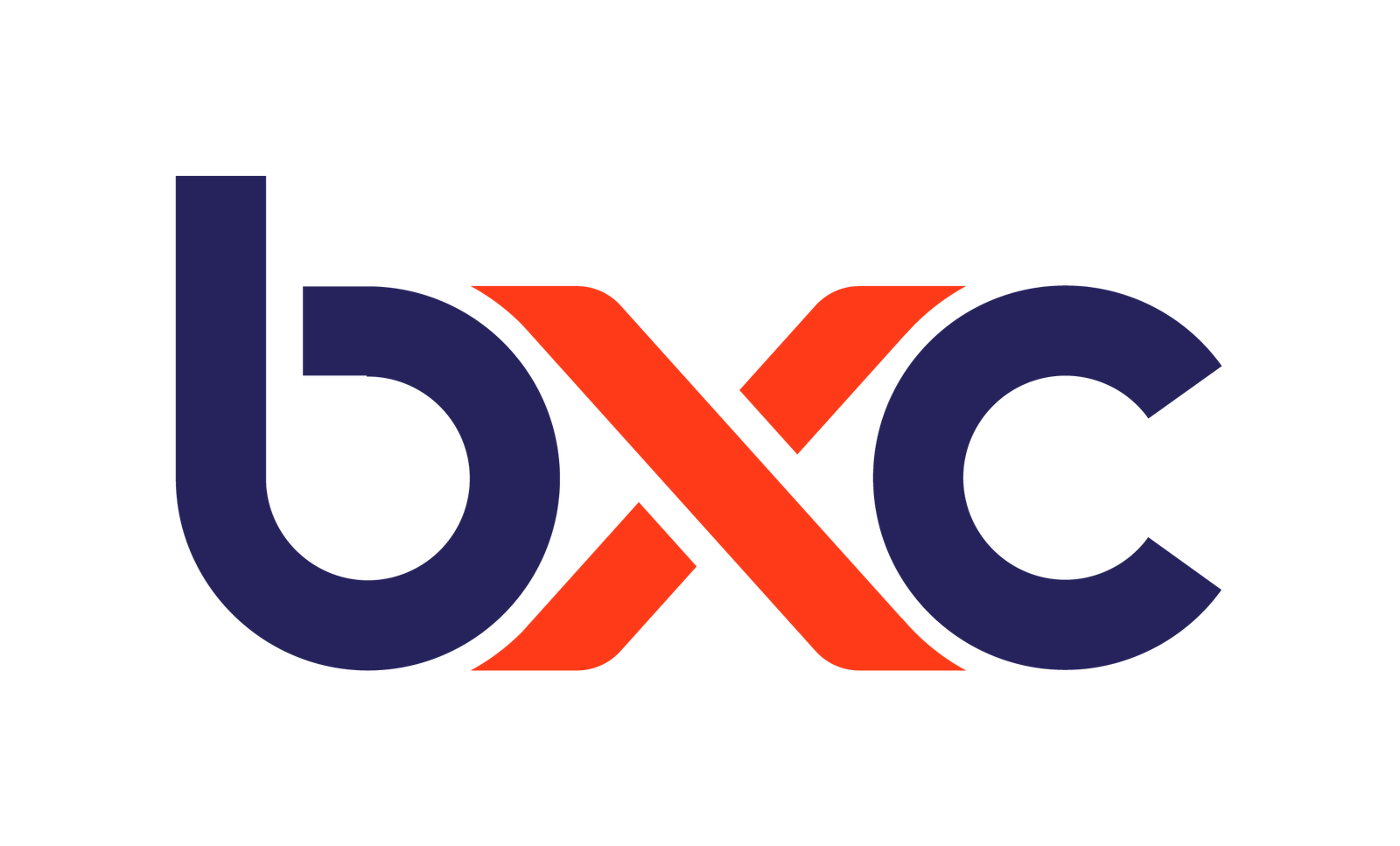
Apr
13 Innovative Technologies to Revolutionise Airport Operations
Innovation is at the forefront of the aviation industry, and airports are continually looking for ways to improve operations and the passenger experience. At a quick but detailed look through, listed below are 13 current innovative technologies and initiatives that have the potential to future-proof airport operations for the betterment of travellers everywhere as a whole.
Cloud-based airport management platform
AeroCloud offers a cloud-based management platform for airports, which centralizes airport data, automates tasks, and predicts passenger flow to enhance airport operations. The platform, called the Intelligent Airport Management Platform (IAMP), can be accessed through a web interface and can be implemented quickly. The benefits of AeroCloud’s solution include real-time data and insights for informed decision-making, reduced delays and errors, and an enhanced passenger experience. The solution is also cost-effective and scalable, with unlimited user licensing.

Source: AeroCloud
Location services for intelligent airport spaces
Atrius provides location services for intelligent airport spaces, including indoor positioning and interactive maps. Atrius Personal Wayfinder integrates with mobile applications, websites, and digital displays to offer a 360-degree digital-first communication strategy. Passengers can easily find airport amenities and receive real-time information, while airports can update concession information and collaborate with airlines and day of travel operators. The benefits of Atrius’ solution include personalised experiences for passengers, increased collaboration, and improved airport operations.
Self-service bag-tagging unit
Ink Innovations has developed Ink QuickTag Lite, an ultra-slim self-service bag-tagging unit that uses touchless barcode scanning and biometrics. The solution can be retrofitted in check-in halls and bag-drop areas, and it can integrate with any departure control system (DCS). Ink QuickTag Lite requires minimal staff to issue tags, and staff can perform check-in, bag-drop, and boarding processes from smart handheld devices. The solution is designed for low-cost and ultra-low-cost airlines and domestic, regional airports, and has an affordable pricing model with a small footprint.

Source: Airport Technology
Biometric passenger journey solution
ICM Airport Technics has developed an end-to-end biometric passenger journey solution that uses facial recognition technology to enable passengers to move through check-in to boarding without presenting their passport or boarding pass multiple times. Passengers can check-in at a biometric kiosk where their facial image is captured and verified against their passport, and then drop their luggage at an Auto Bag Drop unit where they are automatically recognized by a camera. The solution also uses cameras at security and boarding gates to validate passengers’ identities. The system is powered by IATA One ID and has already been implemented at Narita Airport in April 2021. The benefits of this solution include improving the passenger experience, reducing wait times, and increasing efficiency while maintaining security.

Source: Future Travel Experience
NFT platform for large omni channel businesses
Sayl is a customer engagement and commerce platform that has integrated blockchain and Web3 into its platform to offer unprecedented opportunities for brands. The platform allows marketeers, digital managers, and teams to introduce NFTs in a seamless way. Sayl enables managing the full lifecycle of an NFT, from creation to distribution to consumers. The integration of blockchain and NFTs opens up various opportunities for brands, such as launching marketing campaigns towards an engaged audience, accessing real-time purchase data, and creating a direct-to-consumer relationship. In the case of airlines and airports, NFTs can be used to strengthen customer loyalty at a lower cost than a typical loyalty programme.
Apron operations optimisation with computer vision
Assaia’s ApronAI solution uses computer vision to generate insights from video streams and optimises apron operations in real-time. The solution has been adopted by a growing number of airports and airlines including British Airways, American Airlines, and Delta. The Zurich-based startup’s products are designed to reduce accidents on the apron, improve sustainability, and increase turnaround efficiency by generating data-driven predictions and providing actionable insights.

Source: Airport Technology
The use of data to increase efficiency, reduce cost and improve sustainability
Collins Aerospace’s Connected Aviation Solutions unit has acquired FlightAware, a leading digital aviation company providing global flight tracking solutions. FlightAware has a vast amount of historical and live data, and uses machine learning to predict the future. The acquisition allows Collins Aerospace to expand and accelerate its impact, increasing efficiency, sustainability, and reliability by combining the best data with the best applications. By centralising aircraft data into one solution, Collins Aerospace aims to provide more accurate data and clear common visibility to the right user at the right time. The company also notes that the cloud-based solution is cost-effective as it does not require the maintenance of large amounts of airport-based hardware.

Source: Collins Aerospace
Self-service technology
Elenium displayed its VYGR suite of self-service solutions that use secure biometrics and voice recognition technology to provide a streamlined passenger experience from check-in to boarding. The solutions are equipped with biometrics, touchless technology, voice recognition and computer vision to enable a contactless journey. The VYGR solutions offer frictionless travel experiences, reducing waiting times and allowing passengers to relax and explore more. The end-to-end solution has already been implemented in 24 airports globally, with over 1000 devices. The future-proofed infrastructure helps airports and airlines to be ready for the future, making it easier to adapt to new technology. Da Nang International Airport is the latest customer to adopt Elenium VYGR self-service solutions.
State-of-the-art planning platform
BEONTRA unveiled their new platform, BEONTRA Horizons, which targets the individual needs of every user with its modern user interface. It automates routine tasks while making default checks and reports readily available. Utilizing machine learning algorithms, the platform enables quicker and more intelligent forecasting, allowing users to change default settings and outcomes while maintaining full control. Based on 10+ years of community feedback, the BEONTRA Horizons platform enables users to add significant value without compromising the benefits of the current scenario planning suite.
Self-Screening Checkpoint
Vanderlande aims to enhance efficiency and flexibility at airports by digitising processes and offering optimised end-to-end journeys. One innovative solution showcased at PTE was the PAX Divest Assistant, a self-divest solution that allows passengers to go through the security divestment process without the need for an agent, reducing passenger-staff interactions and providing a stress-free journey. The solution was selected by the US Department of Homeland Security for further development, bringing the company closer to a fully self-screening checkpoint.

Source: Vanderlande
Touchless solution
Happymeter showcased its innovative retrofit solution called the happyhover at the event, which can be easily installed onto existing self-check-in kiosks, eliminating the need for complete equipment overhaul. The happyhover bar, when placed above the interactive kiosk screen, uses touch sensor technology to project a shield of invisible infrared light that detects finger movements in mid-air, allowing customers to select, swipe and type without the need to physically touch the screen. This touchless experience was created in response to the need for more hygienic options during the COVID-19 pandemic. The solution has been adopted by leading airports such as Changi, Hamad, and Narita.

Source: Happymeter
Virtual queuing
Copenhagen Optimization showcased its virtual queuing solution for passenger demand management, which uses technology to create a virtual line or space for passengers. The solution was piloted at Seattle-Tacoma International Airport and has been adopted by other airports including LAX, Newark, Calgary, and Phoenix Sky Harbor. Passenger surveys show that 63% of passengers spend more time shopping, eating, and drinking due to the virtual queuing process, and 96% say they have enjoyed the experience. The solution allows airports to manage passenger demand more efficiently and can lead to increased revenue for airport vendors.

Source: Copenhagen Optimization
Lost & Found Tech
SITA’s brand-new solution, WorldTracer® Lost and Found Property, is a cloud-based application that solves the lost property problem globally. The solution helps airlines handle lost and found items more accurately, reuniting passengers with their lost property and ensuring GDPR compliance. Passengers can make a report on their phone and register it with their airline, and then the item is found, all they need to do is take a photograph of it. Using computer vision and machine learning, SITA’s software then identifies the type of item that is lost and facilitates the matching of the item. SITA’s Head of Baggage, Peter Drummond, highlighted the acceleration of digitalisation in the industry due to COVID.

Source: Passenger Terminal Today
Done By: Rejina Khar, Zarif Ong & Elly Ken
Source: Future Travel Experience, AeroCloud, Atrius, Airport Technology, Sayl, Collins Aerospace, Asian Aviation, Beontra, Vanderlande, Happymeter, Copenhagen Optimization & Passenger Terminal Today





